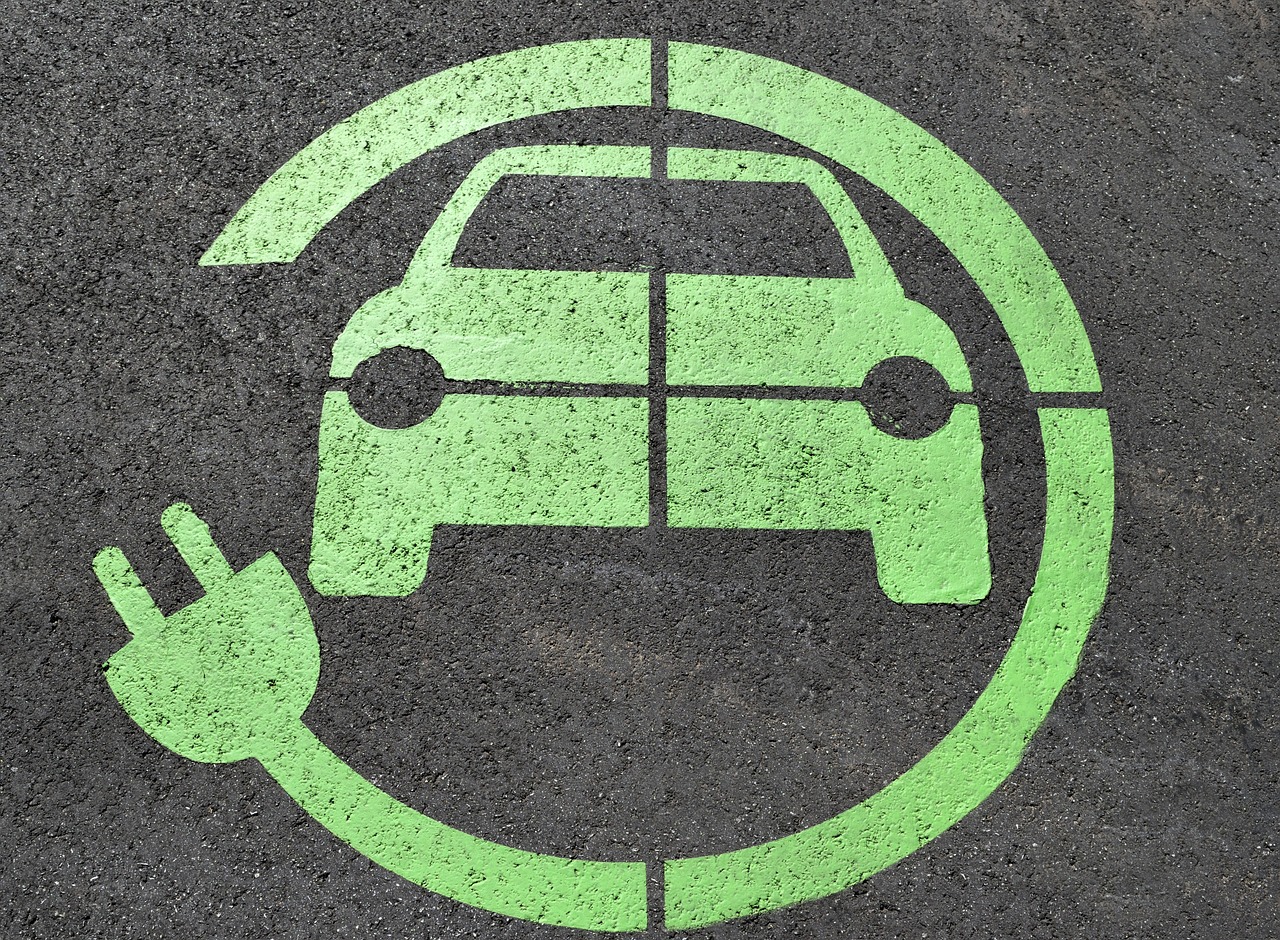Electrified Flex Fuel Vehicle

Background:
- Electrified Flex Fuel Vehicle integrates both a Flex Fuel engine and an electric powertrain, offering the dual benefit of higher ethanol use and improved fuel efficiency.
- Flex Fuel Strong Hybrid Electric Vehicles (FFV-SHEV): When FFV is integrated along with strong hybrid electric technology, it is referred as FFV-SHEVs.
- Strong hybrid is another term for full hybrid vehicles, which have the capability to run solely on either electric or petrol modes.
- In contrast, mild hybrids cannot run purely on one of these modes and use the secondary mode merely as a supplement to the main mode of propulsion.
Linkage:
- BS6 Norms: The Bharat Stage (BS) norms are emission standards instituted by the Government of India to regulate the output of air pollutants from motor vehicles.
- The BS regulations are based on the European emission standards and the Central Pollution Control Board implements these standards.
- Presently, every newly sold and registered vehicle in India is required to adhere to the BS-VI version of emission regulations.
Current News:
- Recently, the Prototype of the world’s 1st Bharat Stage-6 (BS6) Stage-II, Electrified Flex fuel vehicle, developed by Toyota Kirloskar Motor was unveiled.
- This vehicle is capable of running on up to 85% ethanol blended petrol and features an electric powertrain.
- The Ministry of Petroleum & Natural Gas has also highlighted flex-fuel vehicles’ potential to substitute petrol with higher ethanol blends beyond 20%.
Impact:
- The integration of an electric powertrain reduces reliance on conventional fuels, contributing towards sustainable transportation and India’s ‘Aatmnirbhar Bharat’ initiative as production of ethanol increases.
- Similar to SHEVs, this vehicle can achieve significantly higher fuel efficiency, optimizing the use of ethanol and electricity.
- By promoting the use of FFVs, India can capitalize on its abundant ethanol potential, reducing petrol consumption.
- The vehicle represents a significant stride towards decarbonization and greener mobility, aligning with global efforts to combat climate change.









